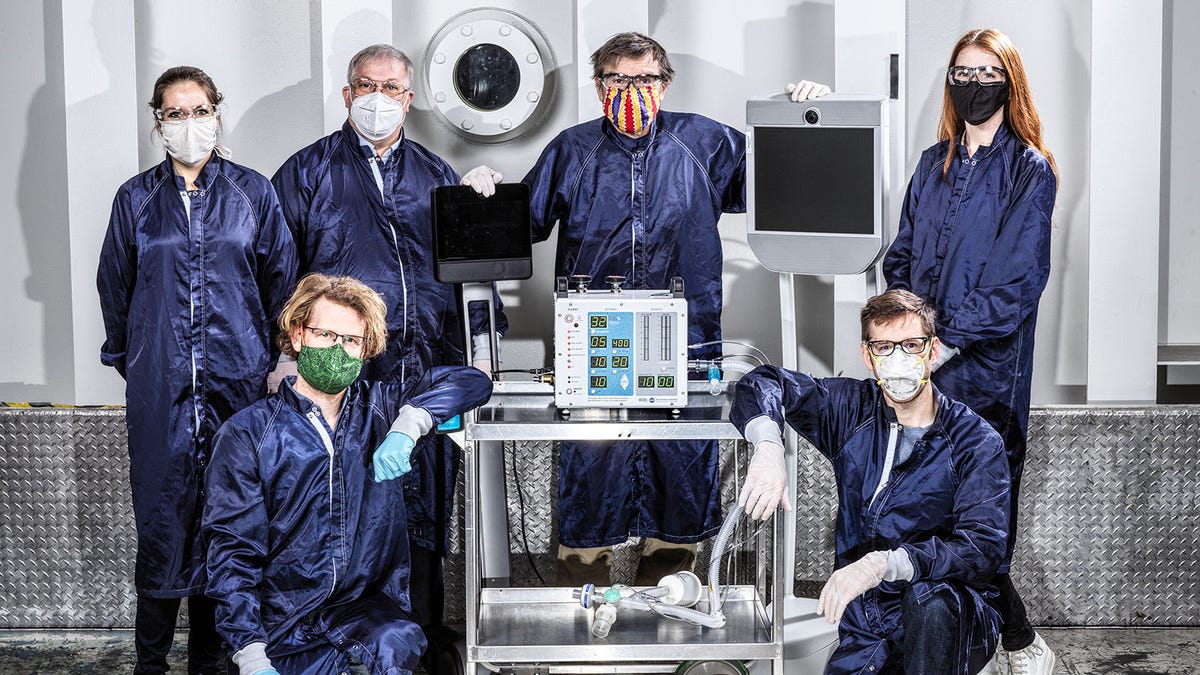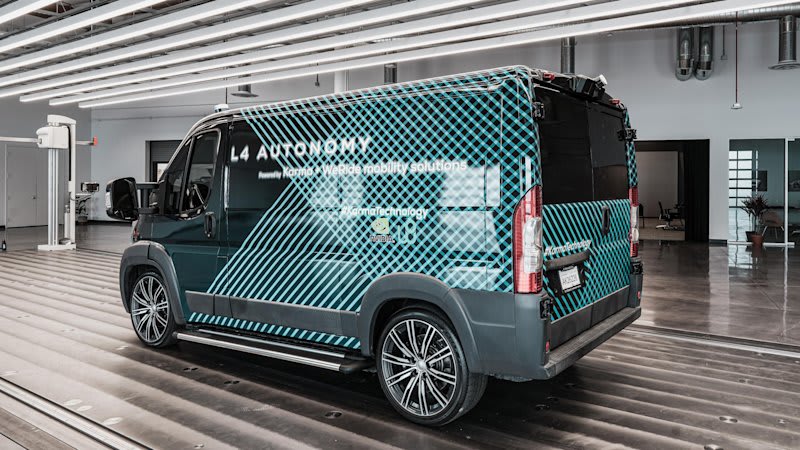When we wrote about Karma Automotive announcing the battery-electric Revero GTE last week, we called this months’ trio of announcements “This month’s Karma Automotive extravaganza.” It’s possible there’s more to this momentum than the excitement of expanding the EV landscape. Jalopnik recently ran what’s practically a whistleblower piece, based on information from “a confirmed source, who has a position in the company where they would be exposed to information provided,” that info then backed up by another company source. The piece is titled, Source Claims That Karma Will Lay Off Most Workers And Some Recent Prototypes Have Been Fake. A one-sentence précis is that Karma “is knowingly showing vaporware in an effort to put on a ‘magic show’ for its Chinese investors in a last-bid attempt to secure funding even as plans to lay off workers in early May are in place.”
Let’s back up to October 2019, when Ward’s Automotive reported on “start-up demons” at Karma. Earlier last year, Karma president and COO Dennis Dougherty left the company, and chief technical officer Bob Kruse, the ex-GM engineer who helped develop the Chevrolet Volt and gave us a tour of the work he and his team did on the Revero GT, resigned. The executive restructure put Gilbert Villareal in as COO. Villareal came from VLF Automotive — which stood for Villareal, Bob Lutz, and Henrik Fisker — the company that turned Fisker Karmas into the Corvette-engined VLF Destino. During his tenure, a source told Ward’s he had “become the de facto president and CEO and is cutting the company down. The majority of employees are spending their time looking for other jobs while awaiting a layoff notice.”
Wards wrote in October that Karma had already “slashed purchasing and manufacturing staff.” In November 2019, Karma laid off 200 employees in Irvine and a few more at the company’s Detroit Technical Center in Troy, Michigan, a figure supposedly accounting for half of the company’s engineering and support staff. At the time, Karma spokesman Dave Bartmuss told The Orange County Register, “Karma is evolving, and we will emerge as more of a technology operation. To do that, we need to adjust our resources.” In February, Karma laid off 60 more workers in California, a big number for a company said to have about 1,000 employees around the world before the November layoffs.
Villareal was in the role for about six weeks before Karma hired new COO Kevin Pavlov, whose resume includes automotive suppliers Ricardo and Magna. The company replaced Kruse with new CTO Kevin Zhang, who we can’t find any record of outside a couple of quotes in Karma press releases.
The Ward’s article also mentioned Karma’s troubles with “parts shortages and unpaid suppliers, as well as suppliers that no longer work with the company.” And there was the gossip that even an MSRP of $135,000 for the Revero GT results in a loss of around around $50,000 on every sale.
On top of all this, Ward’s spoke of whisperings that Karma’s owner, China’s Wanxiang, cut the EV maker’s annual investment from $400 million to $100 million “due to skepticism about the company’s prospects and ongoing trade war between U.S. and China.” That could be taken as part of China’s overall reduction in EV investment, with Pitchbook, which tracks private capital markets, saying venture capital cut its investment in China’s new-energy vehicle segment 58% over the first three quarters of 2019.
Execs at Wanxiang North America and Karma have responded to inquiries about the situation with shorter or longer versions of “Business as normal.” Even if we ignore the reduced investment, that’s hard to square with the announcements. An Automotive News piece published four days after the Ward’s article included this paragraph: “Barthmuss said Karma’s production plans remain to build and sell between 500 and 1,000 Revero GTs per year, and that the company needs to be staffed appropriately for that volume. ‘Do we need all these engineers? No, we don’t,’ he said.” Yet Karma’s supposedly pitching its E-Flex platform and associated technology to other EV makers, it’s got the performance-focused Revero GTS and battery-electric GTE on the way, it’s shown a last-mile delivery van with Level 4 autonomous capability thanks to Nvidia’s AGX platform, and there’ve been rumblings about a pickup, an SUV, and a supercar, plus the one-time tie-up with Pininfarina. That development list makes us think yes, all those engineers would be needed.
Bartmuss’ comment about Karma becoming “more of a technology operation” could undercut that development to-do list, though, making it sound like Karma will be an EV tech supplier that might happen to produce the odd car under its own brand. Nevertheless, technology operations need a lot of engineers, too.
To Jalopnik, then. The source told the site that there are two E-Flex platforms — touted as the basis for Karma’s plans and a jump-starter for other EV makers — one cut out of a Revero GT taken from the production line, the other a “movie prop” that can’t be driven, and that “nothing has been proven to function whatsoever.” The source said there’s a prototype of the battery-electric Revero GTE, but it hasn’t been tested; the specs, like the three trims providing either 200, 300, or 400-mile range, have zero basis in verifiable development because “anyone who was worth a shit to handle testing has been laid off, furloughed, or quit.” A commenter on the piece who said he’d been laid off from Karma wrote, “In no way could we get close to the range numbers they are throwing out there for an all electric version… The doctored video they released showing a sub 2sec 0-60 car is similarly impossible…”
The source put the L4 Autonomous E-Flex Van in the same whirlpool, telling Jalopnik that the engineers working on the marquee self-driving aspect “had no clue” how to program Level 4 autonomy, and besides, none of the Nvidia AGX hardware was installed in the sole prototype, meaning there was no software, either.
According to the insider, Karma will lay off another 100 or more employees next month, the eyebrow-raising “endgame… to reduce staff to 27 employees, consisting of exclusively employees at the VP level and two directors.” We do know Karma’s hired a chief innovation officer, chief revenue officer, and four new vice presidents since the October report in Wards. We’ll have to wait until May to see if the other shoe drops. Head to Jalopnik to read the full piece with all the revelations.
No matter what, we’re a long way from the Wanxiang founder Lu Guanqiu’s prediction after buying Fisker Automotive’s assets in 2012: “If I don’t succeed, my son will continue with it. If he doesn’t make it, my grandson will.”
Related Video:



